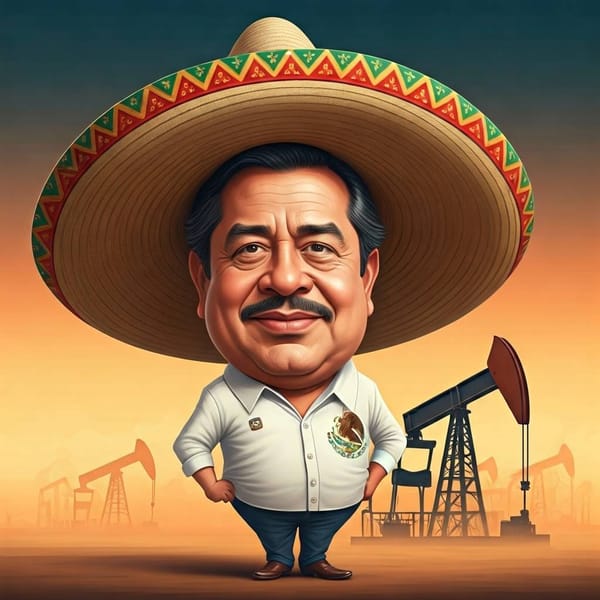What cartels exist in Mexico?
For the purpose of knowing which cartels exist in Mexico, the security cabinet has divided the country into maps. Here is a list of them.

For the purpose of knowing which cartels exist in Mexico, the security cabinet has divided the country into maps. Here is a list of them.


Mexico's rapidly aging population poses healthcare and fiscal challenges. Declining mortality and fertility rates are driving this demographic shift, necessitating policy adjustments and increased investment in areas like home healthcare, preventative medicine, and long-term care insurance.

In Mexico's poorest areas, collective action, where communities participate in solving public problems, is crucial for effective policy. Scholar David Morales González emphasizes communication, prior evaluation, and even AI, citing successful indigenous community management.

Lázaro Cárdenas, born in 1895, rose from humble beginnings to become a pivotal figure in Mexican history. A veteran of the Mexican Revolution, he became president in 1934, implementing significant reforms including land redistribution and the nationalization of the oil industry.

Mexican scientists are developing eco-friendly batteries from recycled plastics, primarily ketchup packets. These thin, lightweight batteries use seawater as electrolyte, costing significantly less than commercial ones. Tested in various devices, they aim to power phones and even cars.